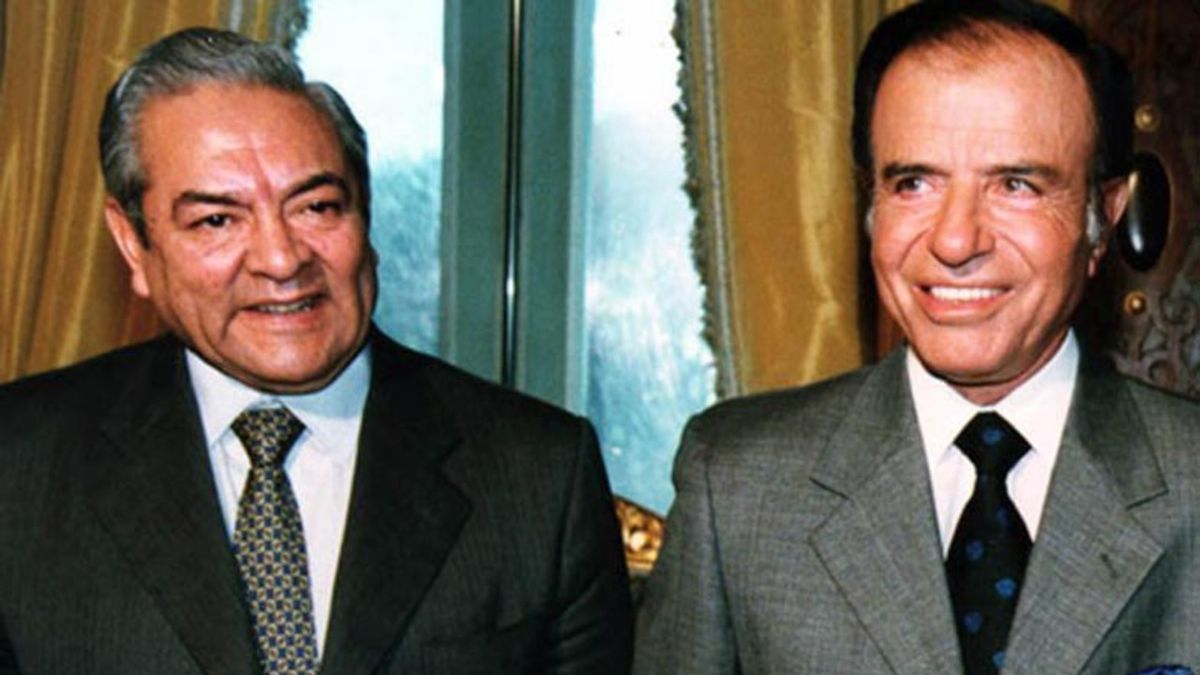In turn, financial institutions were prohibited from receiving time deposits until further notice. But this strategy, monetarist by the way, generated benefits and consequences: Confiscation reached 60% of the monetary base, which caused a strong recession due to the drop in liquidity. However, it managed to stop hyperinflation “as a shock” due to a lower demand for goods and services, in addition to the purchase of dollars.
Those who clearly lost were the holders of fixed terms. A new measure that attempted against Argentines to protect their savings in their own currency. However, this policy was not able to sustain itself from a distance: rumors of corruption generated a new instability and inflation accelerated again. That precipitated the resignation of Erman González in January 1991 and Domingo Cavallo took office – they say, the ideologue of that idea – who launched the Convertibility Plan.
Is this strategy viable today?
The market is working with potential crisis scenarios, but a hyperinflationary outbreak or extreme measures such as a “Bonex plan” are ruled out.”, that is, a “cleaning” of the Central Bank’s liabilities through a delivery of bonds in the long term to savers as occurred in December 1989.
For the economist Daniel Marx, “nominal deposits are relatively stable, even in real terms” and explained that “The Central Bank’s debt is at a fixed rate, so the Government would not need to go to a Bonex Plan.”
Different thought the economist Roberto Cachanosky who did not rule it out and considered it “probable in the event that the flight towards the dollar is accentuated” and it is decided to “not issue”.
“I don’t think they mess with safe deposit boxes but there could be a Plan Bonex-like thing in the event that accentuate the flight towards the dollar“, he predicted in dialogue with Fundación Libertad.
According to the analyst “the implementation of this measure will be marked by the “degree of run“that leads to Central Bank of the Argentine Republic (BCRA) to finance the exchange of Leliqs demanded by private entities.
“In the event that the flight to the dollar is accentuated, deposits are withdrawn from the banks and they have to ask the Central Bank for the pesos for the Leliqs, there they will have to issue them and if they issue the pesos it will generate a hyperinflationary flare,” the professor pointed out.
And he added: “That is why they are going to have to choose between banking the hyperinflationary flare or a Bonex Plan.”
Source: Ambito
David William is a talented author who has made a name for himself in the world of writing. He is a professional author who writes on a wide range of topics, from general interest to opinion news. David is currently working as a writer at 24 hours worlds where he brings his unique perspective and in-depth research to his articles, making them both informative and engaging.




